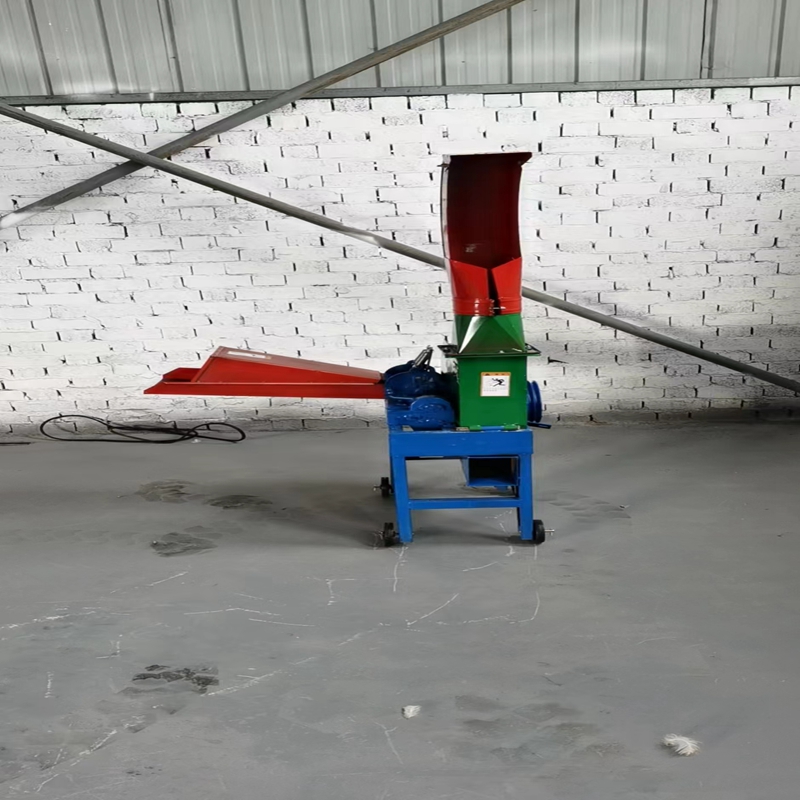Floating Fish Feed Formulation for Optimal Tilapia Growth and Health
Dec . 20, 2024 15:03 Back to list
Floating Fish Feed Formulation for Optimal Tilapia Growth and Health
Tilapia Floating Fish Feed A Guide to Sustainable Aquaculture
Tilapia, often regarded as one of the most popular fish for aquaculture, has gained tremendous popularity due to its rapid growth, adaptability, and mild flavor. As demand for tilapia continues to rise globally, the importance of quality feed cannot be overstated. Floating fish feed, in particular, has emerged as an innovative solution that not only enhances fish growth but also promotes sustainable aquaculture practices.
Understanding Floating Fish Feed
Floating fish feed is specially formulated to remain buoyant in water, allowing fish like tilapia to easily access it at the surface. This type of feed is typically made from a blend of proteins, fats, carbohydrates, vitamins, and minerals, meticulously balanced to meet the nutritional requirements of tilapia. The characteristics of floating feed help aquaculturists monitor feeding behavior and assess fish health, as any uneaten feed will float to the surface, helping to prevent water pollution.
Nutritional Benefits for Tilapia
The nutritional composition of floating fish feed plays a crucial role in tilapia aquaculture. A well-formulated feed meets the protein and energy demands of tilapia, enabling optimal growth rates. Floating feed is often rich in high-quality protein sources such as fish meal, soybean meal, or other plant-based proteins, which are essential for muscle development.
Moreover, vitamins and minerals incorporated in the feed are vital for the overall health and immune response of tilapia. For instance, the inclusion of omega-3 and omega-6 fatty acids promotes heart health and enhances the fish's natural resistance to diseases.
tilapia floating fish feed

Feeding Behavior and Feed Conversion
One of the primary advantages of floating fish feed is its influence on feeding behavior. Tilapia are naturally surface feeders, and floating feed encourages this behavior, resulting in more efficient feeding. Fish are more likely to consume floating pellets quickly, which leads to improved feed conversion ratios. In aquaculture, feed conversion ratio (FCR) is a key metric that indicates the efficiency with which fish convert feed into body mass. A lower FCR signifies better performance, reducing feed costs and minimizing waste in the environment.
Environmental Considerations
The sustainable production and usage of floating fish feed are also noteworthy. Traditionally, aquaculture has faced scrutiny for its environmental impact, particularly regarding overfishing of wild fish for feed ingredients. However, advancements in aquaculture technology have prompted the development of alternative protein sources, such as insects and algae, to replace fishmeal in floating feeds. These sustainable ingredients not only help reduce overfishing pressures but also promote a more environmentally friendly approach to fish farming.
Conclusion
In conclusion, floating fish feed is a vital component in the aquaculture of tilapia, offering numerous benefits that enhance growth, improve feeding efficiency, and support sustainability. By investing in high-quality floating feed, fish farmers can ensure the health and well-being of their tilapia, ultimately leading to greater yields. As the global aquaculture industry continues to evolve, embracing innovative feeding strategies, such as floating fish feed, will play a significant role in meeting the world's rising seafood demand while promoting environmental stewardship. By understanding and employing the best practices in floating fish feed production and usage, aquaculturists can contribute to a more sustainable and prosperous future in tilapia farming.
-
Hot Sale 24 & 18 Door Rabbit Cages - Premium Breeding Solutions
NewsJul.25,2025
-
Automatic Feeding Line System Pan Feeder Nipple Drinker - Anping County Yize Metal Products Co., Ltd.
NewsJul.21,2025
-
Automatic Feeding Line System Pan Feeder Nipple Drinker - Anping County Yize Metal Products Co., Ltd.
NewsJul.21,2025
-
Automatic Feeding Line System - Anping Yize | Precision & Nipple
NewsJul.21,2025
-
Automatic Feeding Line System - Anping Yize | Precision & Nipple
NewsJul.21,2025
-
Automatic Feeding Line System-Anping County Yize Metal Products Co., Ltd.|Efficient Feed Distribution&Customized Animal Farming Solutions
NewsJul.21,2025






